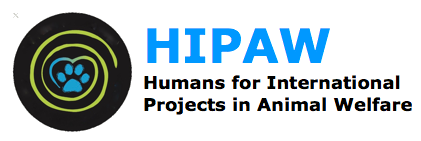Standing Up
Rescues: An Alternative to Dog Breeders

Today I did something that is sometimes difficult. I was sitting at a café with my dogs next to two women who engaged with my dogs. They were petting them and seemed to really enjoy dogs. We interacted a little bit and then they began a conversation in which one of them said that she wanted to get a Mini Aussie and she had a breeder that she had applied with to get one.
I have anguished over this introduction of so many new “breeds” for a long time for many reasons. The first is obvious, breeding more dogs when we put millions to death every year. The second is the support of this “designer dog” industry. And the third is one of the things that most people never think about — how many thousands of dogs are discarded or killed in the process of distilling down to the desired breed characteristics they are looking for. It takes many, many litters to narrow down to specific characteristics.
This isn’t a haphazard process where two breeds happen to cross and whatever the result is is desirable. It is the intentional breeding and re-breeding and rejection of those that don’t meet their so called standard. What happens to these dogs? They are the castoffs, the undesirables, the byproducts that are either euthanized or dumped into our over already overburdened shelter system. Or, maybe a few get adopted into homes, but again these are deliberately bred dogs that are mixed breed dogs and they are intentionally being brought into the world. We have enough dogs that are unintentionally brought into the world through lack of spay/neuter and homelessness that burden our rescue and shelter systems. (If you need any more supporting information on this, you can read about the process and the regret of the person who started the “Doodle” breeding.)
So after I finished my coffee, I leaned over and asked if I could interrupt them for a moment and sit down. I sat down and gently explained this to them and shared with them that I have dedicated my life to helping animals and in particular preventing overpopulation and needless death in companion animals. That I felt like I would be a hypocrite if I didn’t say something. I began by saying it seemed that she really loved dogs. I was somewhat emotional and they were gracious enough to listen as I shared.
A Gentle Conversation on Adopting Rescue Dogs
At the end of the conversation I told the woman that there are many Aussie mixes out there, some smaller sized, and lots of them are available through rescues and other organizations working in areas where these are popular abandoned breeds and mixed breed homeless dogs. She kindly listened and said that she would at least consider a rescue and would be more open to it. I gave her
some names of organizations that regularly rescue these types of breeds.
After our conversation, I thanked the woman. I thanked her for being open and for not being upset with me for intruding on her conversation. And she said something really important, she said, “How could I be upset with you? You were very nice.” I think this is such a key in our work. There are so many opportunities for us to have impact, and we are much more likely to find receptive ears when we are gentle, nonjudgemental and kind in the way we approach people and the subject, despite the frustration and anger we sometimes feel on this issue.
See Rescues for Adoption for dogs that are available for adoption.

